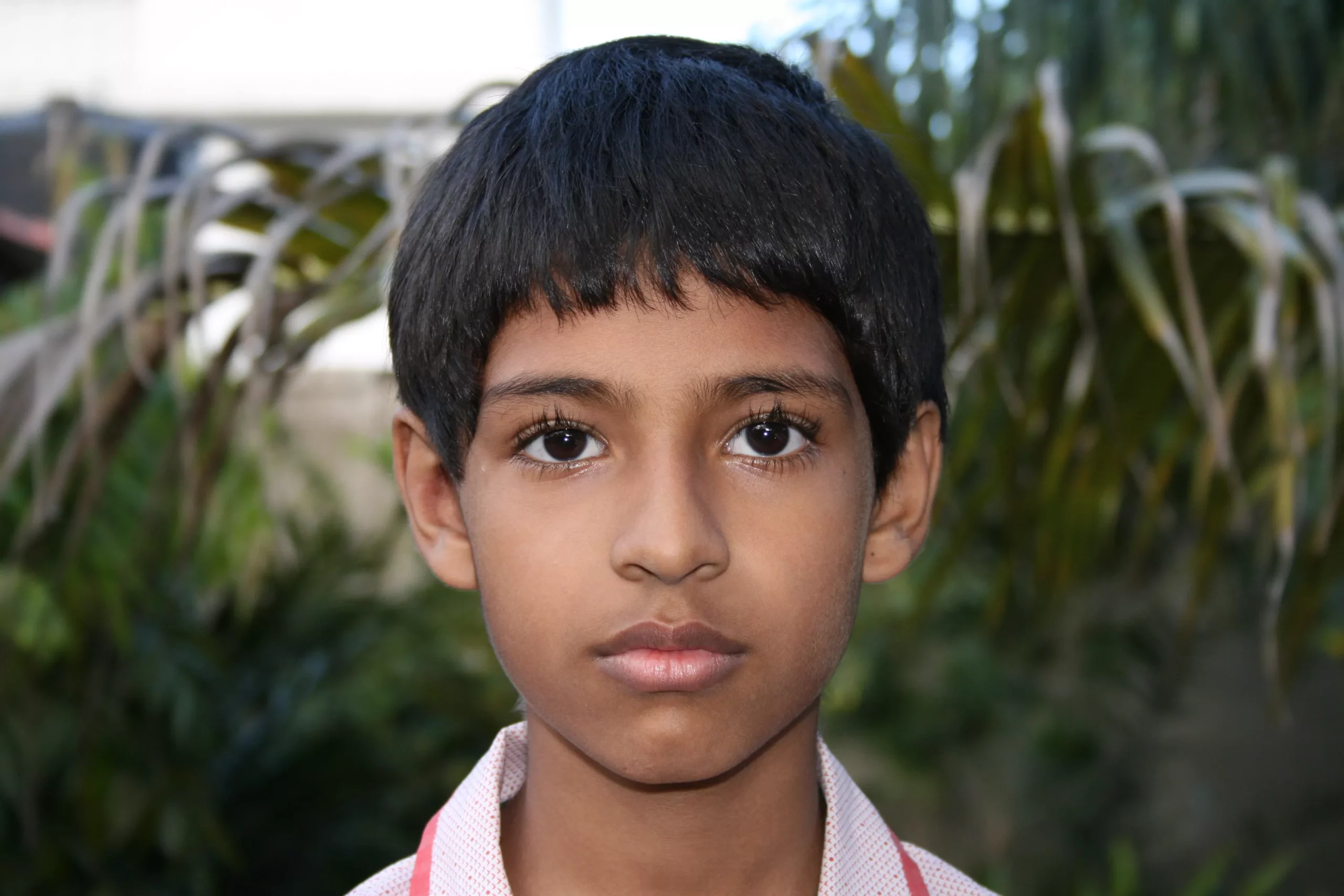Jonathan Haidt’s recent work titled “The Anxious Generation” sheds light on how social media and smartphones have contributed to a surge in anxiety and depression among today’s youth. Haidt’s exploration prompts a critical examination of the consequences of constant connectivity and digital immersion on the mental health of Generation Z.
Reflecting on her own experiences as a parent, Sarah P. Weeldreyer discusses the profound effects of technology on her sons, who were shielded from smartphone exposure during their formative years. Weeldreyer observes a concerning trend among young people, characterized by a preoccupation with screens and a detachment from real-life interactions.
Haidt’s research underscores the alarming rise in mental health issues among adolescents, despite no prior indication of such widespread distress. He attributes this phenomenon to the pervasive influence of social media, which has fundamentally altered the social and psychological landscape of childhood. The constant exposure to digital stimuli during the critical developmental stages of puberty has led to enduring changes in brain structure and function.
Drawing on empirical evidence, Haidt outlines the detrimental effects of excessive screen time on mental well-being, particularly among teenage girls who are more susceptible to social comparison and self-esteem issues. Furthermore, he highlights the addictive nature of technology, which has led to a concerning dependency among young people.
The confluence of safetyism—a culture marked by an obsession with protecting children from harm—and the omnipresence of technology has created a generation deprived of essential experiences necessary for healthy development. Haidt argues that restoring balance requires concerted efforts from both parents and policymakers.
Haidt proposes practical solutions, including delaying smartphone access until high school and implementing phone-free policies in educational settings. He advocates for regulatory measures to hold tech companies accountable for their role in perpetuating addictive behaviors among young users.
Despite the grim assessment of the current state of childhood, Haidt remains hopeful that collective action can reclaim the essence of human experience for future generations. By fostering genuine connections and prioritizing real-world interactions, society can mitigate the adverse effects of digital saturation and nurture a healthier environment for youth to thrive.


